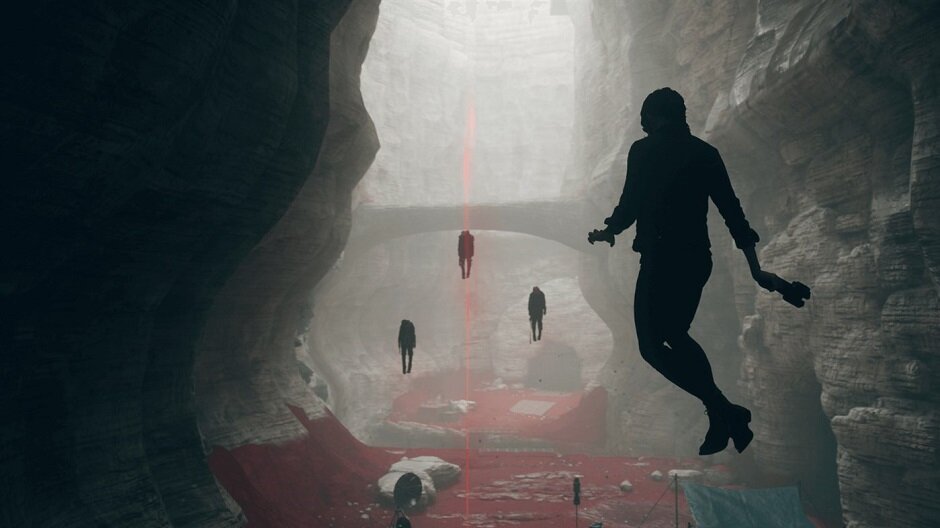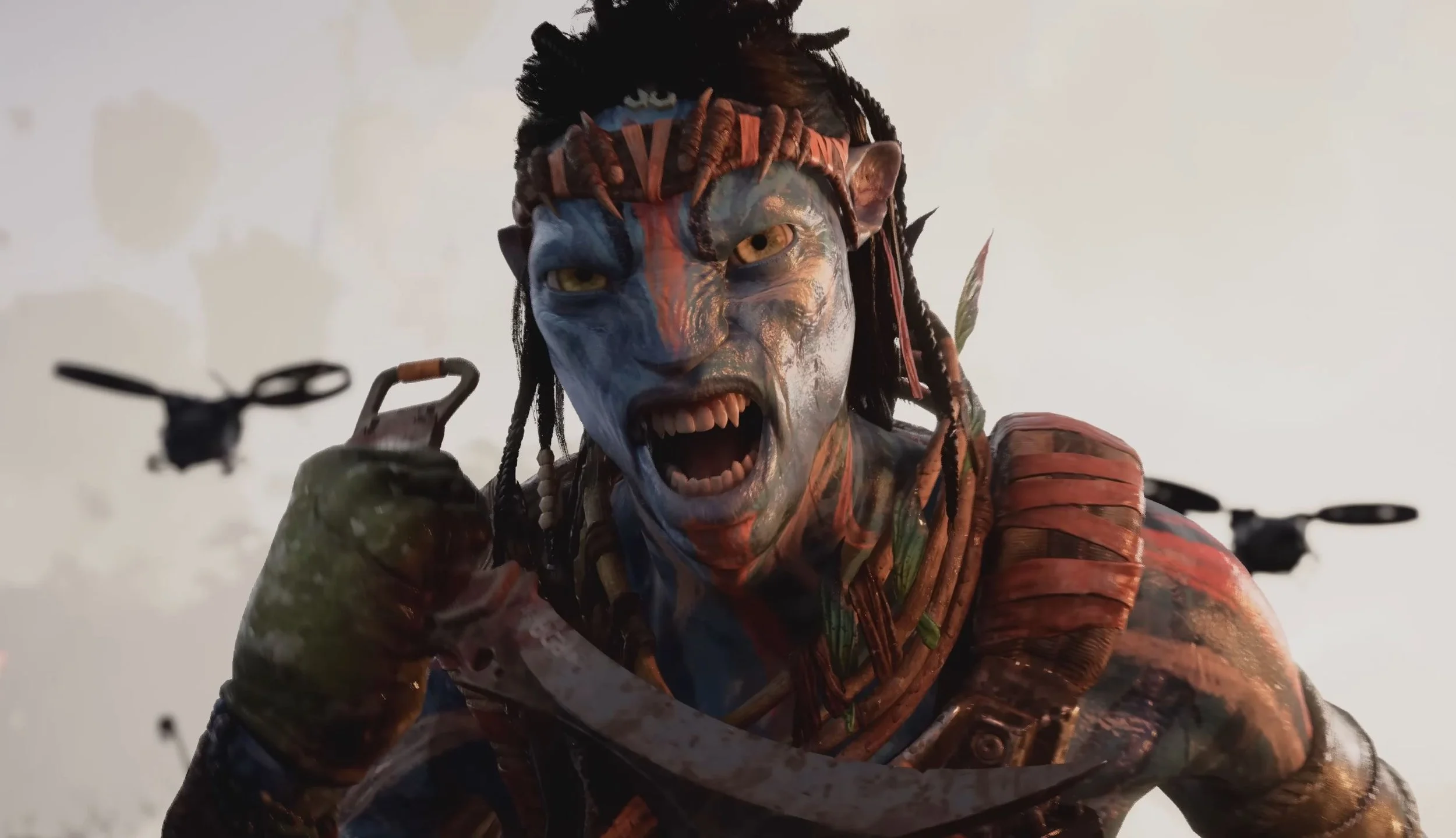Review copy provided by 505 Games.
Bloodstained: Ritual of the Night is a game that I have been longing to play for a number of years now. Pitched as a spiritual successor to the beloved Castlevania franchise, from former series producer Koji Igarashi, Bloodstained became one of the most successfully funded video games on Kickstarter for the time. The game was originally slated to release in 2017 after a 2-year development but a number of delays pushed it back to its eventual release earlier this year in June. The final game we received is honestly more than I had hoped for from a Kickstarter game, and after sinking a number of hours into the 8-bit companion game, Bloodstained: Curse of the Moon, I can tell you my expectations were pretty dang high!
Story
The Alchemist Guild has had a long history of being one of the more important groups in society. Everything began to change with the onset of the industrial revolution. Fearing the loss of their influence and backing by wealthy patrons, the Guild began to spread false pretenses that turning away from the old ways would summon demons upon the land. As the Guild lost more influence, they created a way to summon the demons of which they spoke.
By infusing special crystals into children that could be combined with demonic power, the Guild would be able to cast a spell to create hell on earth by sacrificing the children. As these “Shardbinders” power grew, the Guild finally implemented their plan to summon the demons on an unsuspecting world. Before the ritual could begin, one of the Shadbinders was put into a coma to render the crystal within powerless. The demons devastated the land and the Alchemists Guild was barely able to defeat them.
It was soon discovered that the Alchemists Guild was behind the devastating events and the Guild leaders were swiftly put to death. The Alchemist Guild was no more and only a few Alchemists remain along with 2 Shardbinders, Miriam and Gebel. 10 years have passed since this incident and Gebel has once again summoned a horde of demons into the world. It is on this fateful day that Miriam finally awakens from her coma.
Gameplay
I have to admit that I got into the Castlevania franchise, and Metroidvania games in general, extremely late. Metroid Fusion was my first fully completed Metroid title while Castlevania: Dawn of Sorrow was my first ever Castlevania experience. Bloodstained: Ritual of the Night plays nearly identical to Dawn of Sorrow and I have absolutely no problem with that! Playing through the game has resulted in wonderful new experiences while at the same time triggering an awesome sense of nostalgia.
The game begins with an awesome entry stage that introduces you to the world of Bloodstained along with movement and combat systems. Even in this intro stage, there are some demons that can deal some serious damage to Miriam that should be approached with caution. I love how the game integrates teaching things to the player with practical uses. Killing enemies can result in Miriam absorbing their powers to use as her own.
Right off the bat, you must use a fireball power you get from a cannon type enemy to ignite a human cannon to destroy a wall to progress further into the stage. Like most Metroidvanias, progression into the game is blocked by barriers like this where you will need a specific ability to reach new areas. In Bloodstained this can be represented by the typical double jumps, or by absorbing a pool of blood! Anyways, the intro stage culminates in a pretty awesome boss fight and teaches you to look out for specific patterns to achieve victory.
Getting access to the main castle is where the journey really begins to take off. The map in Bloodstained is massive with plenty of hidden rooms and secrets to discover. Thankfully a number of warp zones exist to let you fast travel between different areas. A waystone item is also featured in the game that will always take you back to your home base, where you can buy or craft new items and turn in any quests you might have received from the surviving villagers. Quests were a fun addition to the game as it gave me an extra sense of purpose as I mowed down countless numbers of demons. Quests can range from killing certain types of demons, finding items to properly bury dead villagers, or even making food for one particularly hungry old lady.
Crafting is a huge part of Bloodstained. All the best items in the game can only be achieved from the crafting system and without it, you will find yourself woefully weak to the demon horde. Crafting material can consist of weapons and armor you have or demon parts dropped from defeating enemies. To unlock more crafting options you need to find books scattered throughout the map with the best becoming available as you enter the end game. It can be a bit annoying to gather the materials you need for many of these late-game items as enemies only have a small chance of dropping things. Increasing your luck stat can help out considerably but I still wish drop rates were a bit more frequent.
On top of crafting, items you find can also be used to cook food, which act as healing items and grant 1st-time use buffs to Miriam’s stats, or to enhance shards you have collected from demons. You will unlock more cooking options from books you find throughout the castle just like crafting. I am just glad that the system is straightforward and shows you all the necessary materials needed to craft, cook, or enhance any item you need. If you need help in locating any materials you can even open your journal to the demons tab and look at enemies you’ve defeated to see items that you have found from them as well as where they were located; very handy!
As mentioned a moment ago, most of the map will be inaccessible for a while as you fight through the game’s enemies and bosses. Defeating bosses usually results in gaining access to the powers you need to progress further, and the fights themselves are some of my favorite in recent memory. If you played through Bloodstained: Curse of the Moon you will instantly recognize many of them. Seeing them in the 2.5D art style is awesome and they do have different attack patterns than what was present in that game. Some of the boss fights can be downright brutal if you aren’t prepared before going in. Having the right armor, weapons, and shards equipped as well as being a high enough level can all have a direct result on your chances for success. Using the secret techniques found from bookshelves can also be a huge help.
One of the game’s earlier fights was giving me a bit of trouble until I swapped out my sword for a gun to deal damage at range until I was out of ammo. Once depleted I went back to work with my sword where I was able to finally defeat the foe. Because I was able to avoid more damage by using range attacks I was able to save the meager amount of healing items I had in my inventory for when the boss pattern would change at the low health mark. If you have any issues defeating a boss you can try swapping things out, or if all else fails, head back into the castle to slay more enemies or complete quests to level up. Leveling is an effective way to increase Miriam’s survivability, but at no point in my playthrough did I find it necessary to grind. I finished the game at level 41 for reference. By the way, there are a few multiple endings in Bloodstained, so try to find them all!
Graphics
When Kickstarter backers first received their exclusive demo most of the reactions were negative regarding the game’s presentation with many citing it looked “like poop”. Taking this feedback to heart, the team at ArtPlay went back and redid practically every visual element and texture. The results were well worth it and Bloodstained looks absolutely stunning in motion. On my Xbox One X, I enjoyed my playthrough in 4K with HDR enabled, Drool. Now if you stop to look closely, you can tell that things aren’t as crisp as you might expect, but taking the whole package into account it is gorgeous. Thank you ArtPlay for giving the game the presentation it deserved even if it meant delaying it. It was worth it!
Audio
One of my favorite things about Bloodstained is the immensely moody and epic soundtrack. I love just sitting back and listening to the music in any particular area. Sound effects are also very crisp and the sounds of weapons and damage being given is well done. The voice work found throughout story exposition is also well delivered with no signs of cheese anywhere. Though David Hayter’s Solid Sna… I mean Zangetsu threw me for a loop in a good way! One problem though is that the default audio levels are set a bit too high which resulted in clipping. Turning down the master volume a couple of notches fixed it right up.
Replayability
Even after completing the story of Bloodstained, there is still more to do. You can take on optional bosses in case you didn’t during your main playthrough, finish any remaining quests, or finish collecting all items and shards. A few extra bonus modes will also be unlocked, including boss rush and speed run mode. You can spend a lot of extra hours doing these tasks or even start a new game at a higher difficulty level; the choice is yours!
What It Could Have Done Better
Even with how much I love Bloodstained: Ritual of the Night, it isn’t without faults. There are a few times throughout your playthrough when you will have absolutely no idea what you are supposed to do, and I found myself literally stumbling into the solution by chance. Seriously, how are you expected to know to farm for a specific shard from normal enemies to gain access to a part of the map? Then there was that whole train thing… Anyways, it isn’t super difficult to figure out, but it did leave me feeling more lost than a typical Metroidvania game. The bigger issues though came from performance drops during certain sequences and boss fights. One late-game boss really makes the game chug at a snail’s pace that I would have expected to see patched by this point. I also encountered a couple of visual glitches that turned floors all colors of the rainbow, and even Miriam losing her head! These were very very rare happenings, but I felt they were worth noting.
Verdict
When all is said and done though, Bloodstained: Ritual of the Night is a fantastic game that Castlevania, and Metroidvania fans in general, should not miss! The game treads familiar paths but the story and new ideas are present enough to keep the experience fresh and rewarding. The team at ArtPlay crafted what is, in my book, the greatest Kickstarter game to date! Thankfully they also listened to user feedback and upgraded the visual presentation. If you have yet to play Bloodstained: Ritual of the Night, you owe it to yourself to do so! Oh, go and play Bloodstained: Curse of the Moon too, if you haven’t already!




























